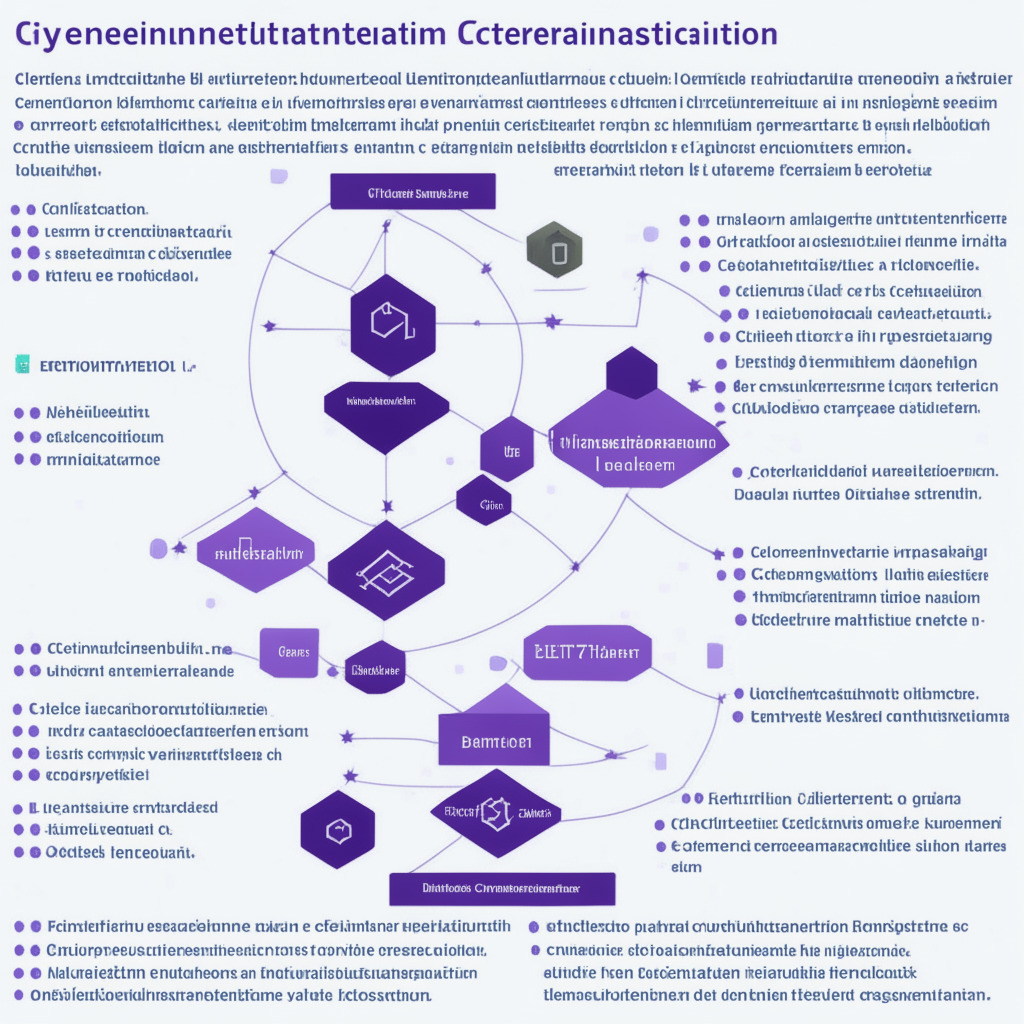The blockchain world is abuzz with escalating discussions over secondary “layer-2” networks built atop Ethereum using “zero-knowledge” cryptography or ZK – a technique indeed perceived as cutting edge by multiple specialists. So, one might rightfully ponder on why Coinbase, the prominent U.S. crypto exchange, and venture capital firm Andreessen Horowitz are leaning towards OP Stack, reflecting Optimism’s optimistic rollup, to orchestrate their novel networks.
Coinbase, the prominent U.S. crypto exchange, is on the fast-track of its blockchain education by being among the first large publicly traded firms to operate its own blockchain. However, questions regarding Coinbase’s long-term ability to uphold the growth and their role in managing a nominally decentralized chain are worth pondering, particularly in light of the unexpected success of Friend.tech, which propelled key metrics on the Base network.
Concurrently, blockchain records reveal that Vitalik Buterin, co-founder of Ethereum, has transferred a notable amount of ether (ETH) to Coinbase. Such actions traditionally foreshadow a likely sale, given the ETH’s trajectory has been positive of late.
Meanwhile, blockchain tech advancements and unique projects continue to make waves in the crypto world. For instance, Shibarium, a newly unveiled layer-2 blockchain perched atop Ethereum for the animated Shiba Inu community, aims to relaunch its networks plagued by network issues upon its launch.
Maple Finance, a crypto credit marketplace, plots a comeback to Solana after freezing all lending pools earlier this year. Similarly, Terra, the layer 1 blockchain, which became the focal point of the crypto downturn this year following the collapse of its native stablecoin, LUNA, uncovered that it fell victim to hackers scheming phishing attacks on its website visitors.
Lastly, it’s worth shedding light upon Solana – a project that has borne the brunt of this year’s major blockchain setbacks but appears to be regaining stability. Delphi Digital’s recent report attests to Solana’s robust developer ecosystem and its promising prospect of a rapid adoption of applications built within its network.
It is essential to acknowledge and examine the myriad of perspectives and happenings in the swiftly evolving realm of blockchain technology. The challenge lies in discerning the wheat from the chaff and making informed decisions amidst a rapidly evolving landscape teeming with both opportunities and pitfalls.
Source: Coindesk




